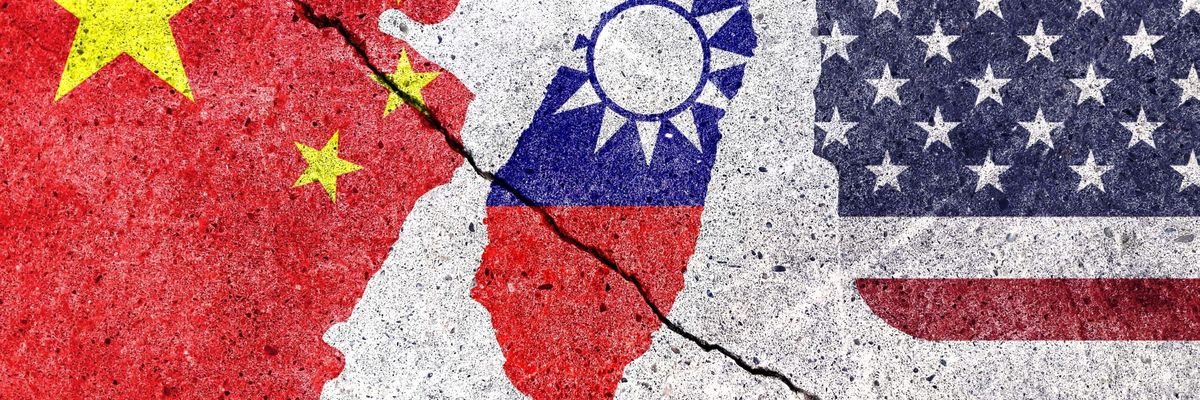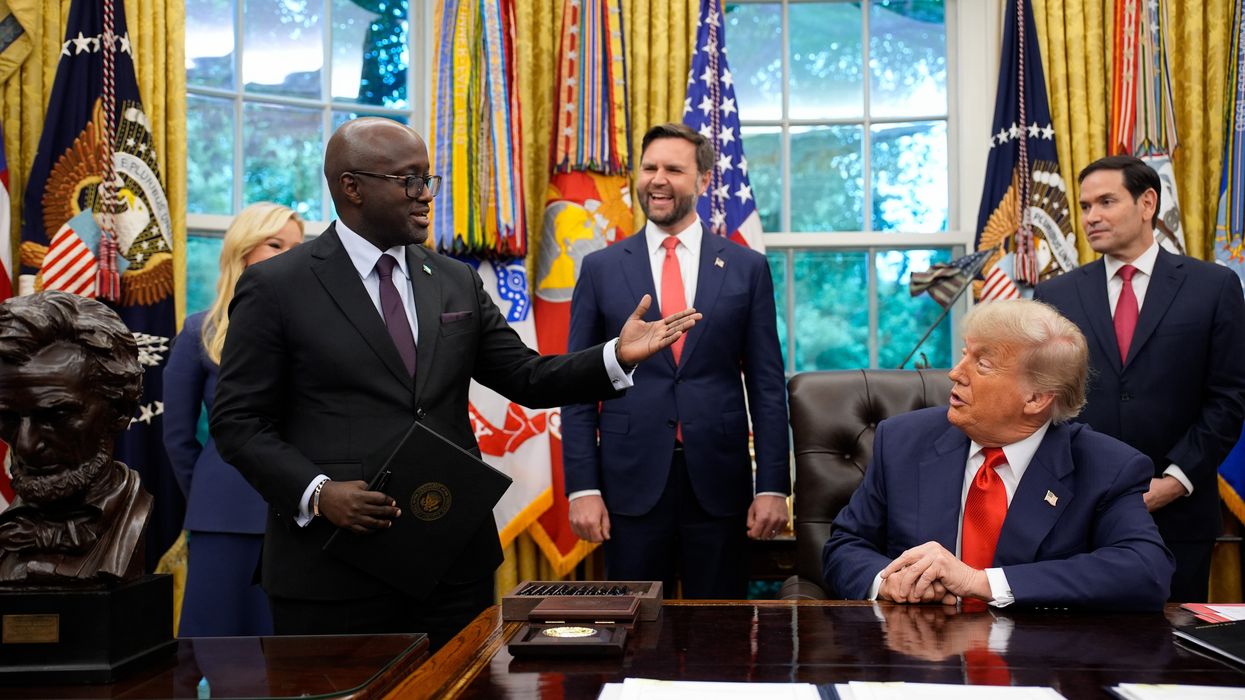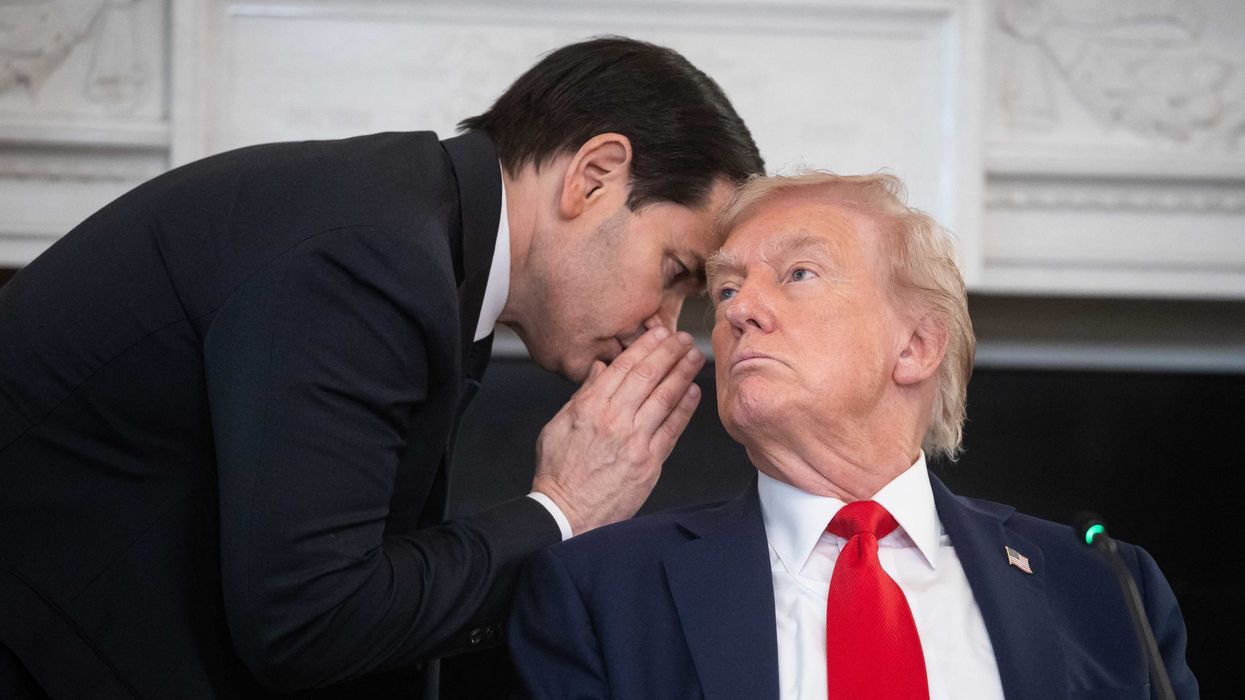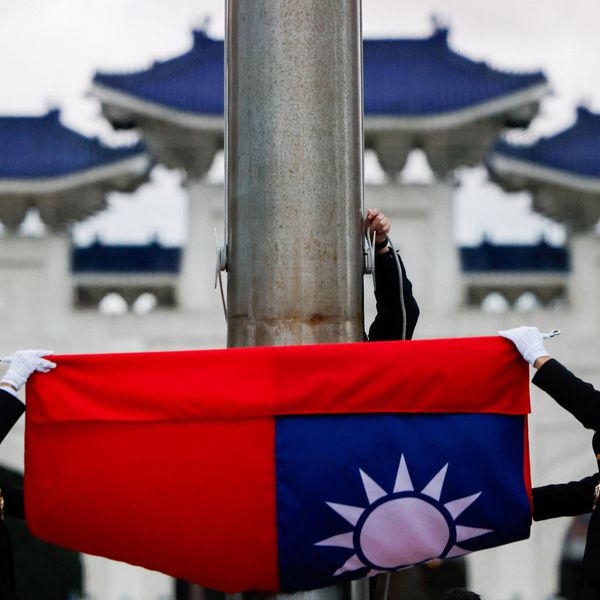Given its broad membership and prestigious leadership, the Council on Foreign Relations (CFR) is generally considered to be the flagship foreign policy think tank in the United States, reflecting the judicious, mainstream views of America’s foreign policy establishment.
It is thus noteworthy and potentially dangerous that CFR has just published an assessment of U.S. Taiwan policy that largely reflects the viewpoint of hawks in Washington on a range of issues, including the strategic value of Taiwan to the United States and the goals of Xi Jinping and the Chinese Communist Party (CCP). If this highly contested view is misunderstood by the larger policymaking community as an expert consensus, the United States risks further escalation with China toward serious conflict.
The report supposedly drew on the views of a task force composed of a wide range of experts on U.S.-China and U.S.-Taiwan relations. However, the bulk of the study ignores or downplays many of the more balanced stances held by those currently taking part in the Taiwan policy debate. As a result, five of the 17 task force members issued dissents to the report citing foundational problems with the nature of its arguments and recommendations (two other task force members dissented in a more hawkish direction).
The report begins on a promising note, displaying keen insight into the escalatory dynamic that has emerged from a collapsing U.S.-China relationship:
“Objecting to steps the United States has taken regarding relations with Taiwan, China has accused the United States of having a ‘fake’ One China policy. The United States asserts that its actions are consistent with its One China policy and are a necessary response to heightened Chinese coercion of Taiwan. This discord has created an action-reaction dynamic whereby China puts pressure on Taiwan, prompting the United States to take steps to demonstrate its support for Taiwan, in turn leading to more Chinese pressure on the island.”
From this point, one might expect an exploration of the destabilizing actions on all sides. When it comes to policy recommendations, one would be interested in proposed methods of mutual reassurance that each actor should pursue as well as red lines that each should avoid. Most significantly, one would hope for a discussion of how the United States and China could return their larger relationship to a solid footing — the precondition for each side trusting the other’s assurances that they respect the status quo that has kept Taiwan safe for over four decades.
Instead, Chinese pressure tactics are explored in detail while those of the United States and Taiwan are left aside, leaving an impression of one-sided aggression rather than mutually driven insecurity. Although the report rhetorically supports the One China policy and sensibly calls for the United States to avoid symbolic gestures toward Taiwanese sovereignty, all other suggestions involve strengthening the ability of Taiwan and the United States to resist Chinese influence. Many of these ideas are well-advised, but they can only successfully deter Chinese aggression if they are accompanied by robust positive initiatives. In the current climate, an imbalanced “deterrence” agenda pushes the escalatory spiral further toward conflict.
Perhaps the deepest problem with the report, which influences all its other assessments, is its depiction of Taiwan as a vital strategic location that must be kept free of Chinese influence in order to preserve U.S. military power in the Asia-Pacific region.
Repeatedly citing the congressional testimony of a single U.S. defense official (whose remarks have not been subsequently repeated by the Biden administration), the report asserts that Taiwan is vital to the United States due to its “geographic position at the center of the first island chain…its role as the global hub of semiconductor manufacturing… [and] its willingness to work with the United States as a trusted partner on transnational issues.” Taiwan’s fate, the authors argue, “will in large part determine the U.S. military’s ability to operate in the region.”
Yet the strategic value of Taiwan to the overall U.S. military posture in Asia is a point debated by many analysts and scholars, often without decisive conclusions. While China’s control of Taiwan would doubtless have some considerable constraining effects on U.S. operational ability in Asia, it is highly questionable whether it would have such consequential, determining effects on U.S. regional power projection as the report claims.
More significantly, by defining Taiwan as an essential U.S. strategic asset, the report repudiates the One China policy, which states that the United States will accept any resolution of the Taiwan issue (including unification) if it is arrived at peacefully and without coercion.
Despite framing the Taiwan question as an issue of U.S.-China strategic competition and making numerous policy suggestions for Washington to maintain a position of advantage over Beijing, the report ironically recommends that the United States should still uphold the One China policy and reassure Beijing that Washington does not seek to permanently separate Taiwan from China.
This is apparently to be done by simply repeating the mantra that Washington upholds its One China policy while avoiding “symbolic gestures (such as the 2022 trip to Taiwan by former House Speaker Nancy Pelosi) which are apt to prompt a harsh PRC response and raise concerns in Beijing that Washington is moving away from its One China policy.” In other words, China should just take our word for it. Left unexplained is how such meager actions will convince Beijing that Washington remains open to peaceful unification as the United States implements policies based primarily on a strategic argument for keeping Taiwan out of Chinese hands.
A second highly problematic assertion made in the report is the notion that Xi Jinping will likely become steadily more aggressive toward Taiwan, and possibly employ force, in order “to rally support for the CCP and his personal rule,” especially if China’s economy continues to slow.
Although the report offers no concrete evidence and correctly admits that this depiction of Xi’s mindset is purely speculative, it nonetheless employs the claim as an important part of its argument for doubling down on all forms of deterrence while neglecting credible reassurance. Given its one-sided, militarized analysis, the report recommends that the United States place its defense industrial base “on a wartime footing.”
The logical accompaniment to the report’s heavy reliance on deterrence over credible reassurance is the notion that the United States should replace its long-standing policy of strategic ambiguity toward U.S. military intervention in a Taiwan conflict with a policy of strategic clarity guaranteeing such intervention. The task force considered the choice between ambiguity and clarity but failed to reach a consensus. Yet the report nonetheless endorses strategic clarity in substance by recommending that President Biden’s repeated assertions that the United States would intervene militarily in any conflict should become “the new baseline for U.S. declaratory policy.”
Overall, instead of providing a steadying hand in support of a more credible, balanced approach to dealing with the Taiwan issue, the CFR report will simply reinforce the military deterrence-centered, reassurance-slighted approach of many defense analysts in Washington. In doing so, it ignores or downplays the counter arguments of others, some of whom were on the task force. Its recommendations would commit the United States to an open-ended, unlimited, and increasingly intense arms race with China over Taiwan. Such a one-sided approach would deepen the level of Chinese suspicion and distrust over U.S. motives, thereby increasing the likelihood of a severe crisis or conflict with Beijing and placing the people of Taiwan in great danger.
















